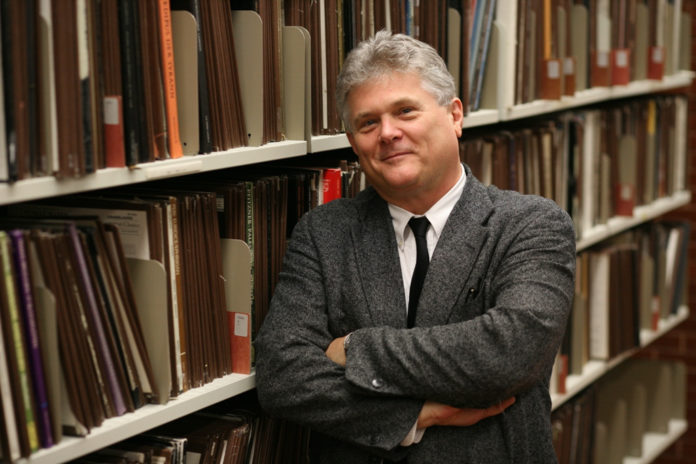
By Mallory Harris | Staff Writer
Since Baylor now holds the highest amount of digital gospel music through the Black Gospel Music Restoration Project (BGMRP), PBS reached out to borrow music for their documentary, “The Black Church: This Is Our Story, This Is Our Song.” From the inspiration behind the project with professor Robert Darden, to understanding the importance behind gospel music, the documentary tells more than just a story.
Starting this journey in 2005 with a letter to The New York Times about how the loss of gospel music will anger future generations, Darden set out to save the genre for future memory. With a high-quality digitization lab and plans for a new listening center, the BGMRP has acquired over 14,000 digitized items.
Darden said gospel music was the soundtrack to his life and has also written two books about gospel music in African American culture.
“When [PBS] called out of the blue, I thought what they were calling about was just providing the music, which they of course wanted, but they were also interested in [my] two most recent books on how black sacred music impacted the Civil Rights movement,” Darden said. “So that ended up being a lot of what we talked about as well. It was about 50/50, half about the Black Gospel Music Restoration Project and half on the research I had done on how the music impacted the movement.”
As the PBS documentary previewed last week, Darden said the four-hour-long special was very ambitious, as it follows the story of African Americans from the very moment they arrived in North America. Highlighting the Civil Rights movement up to the Black Lives Matter movement today, the documentary shows the good and the bad within the Black church.
Darden said the documentary covered how the Black church was created in a close model to the first-century church of Jesus Christ, where it was all about love. The documentary shows its earliest beginnings to the struggles it has being accepted by the white congregations. Darden said it also covers the music of praise that found its roots within the church.
“It spends a lot of time on the music of the Black church, from the spirituals to the gospel, you have the foundation of all American popular music,” Darden said.
Monique Ingralls, a member of the organizing committee for the Pruit Symposium on Black Sacred Music, shared the significance of gospel music. She said the BGMRP has saved countless recordings from the “golden age” of gospel music.
Seeing how these recordings are being used for research purposes in such a broad spectrum, Ingralls said she hopes more students will take advantage of the rich resources that are right on campus.
“Gospel music is fascinating to listeners, believers and scholars because it challenges so many of our preconceived notions about sacred music,” Ingralls said. “Gospel music is both participatory and performative, traditional and innovative, a folk practice and a widespread popular music.”
“The Black Church: This Is Our Story, This Is Our Song,” explains the progression of the Black church and how gospel music played a central role throughout African American culture. Through the BGMRP and Darden’s research, many of the sermons and music within the film helped narrate the powerful story and shed a light on an almost lost genre.





